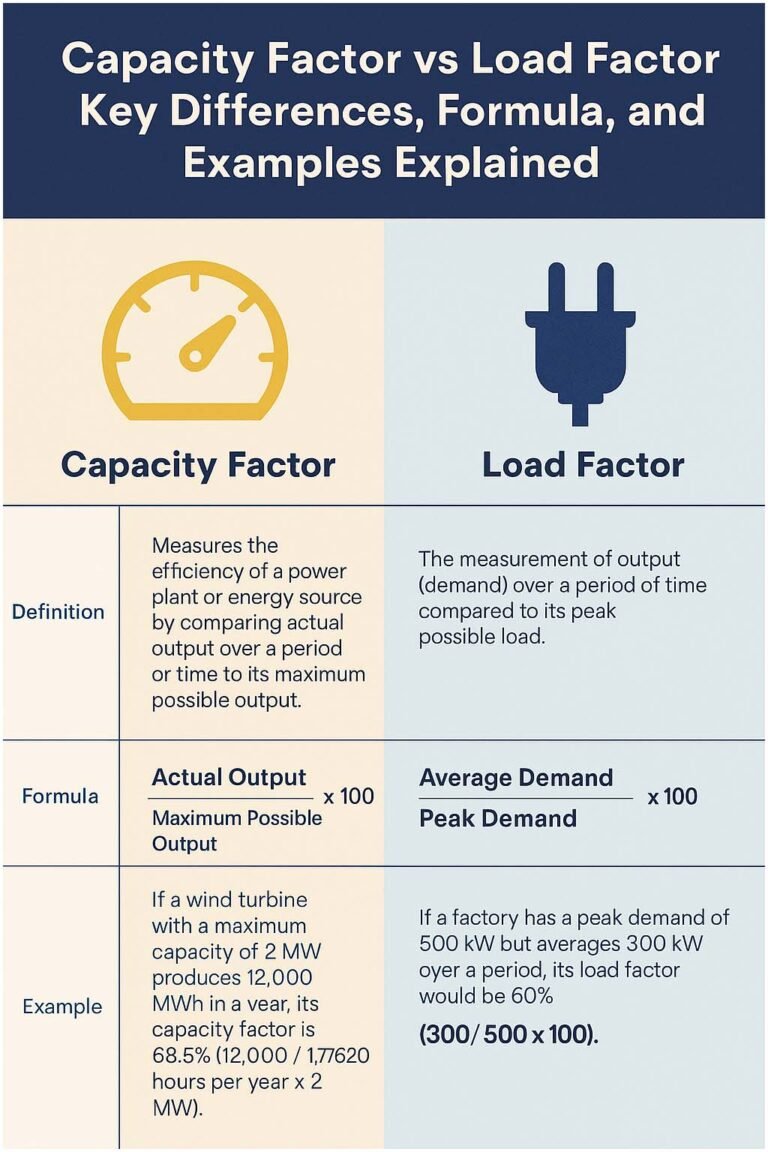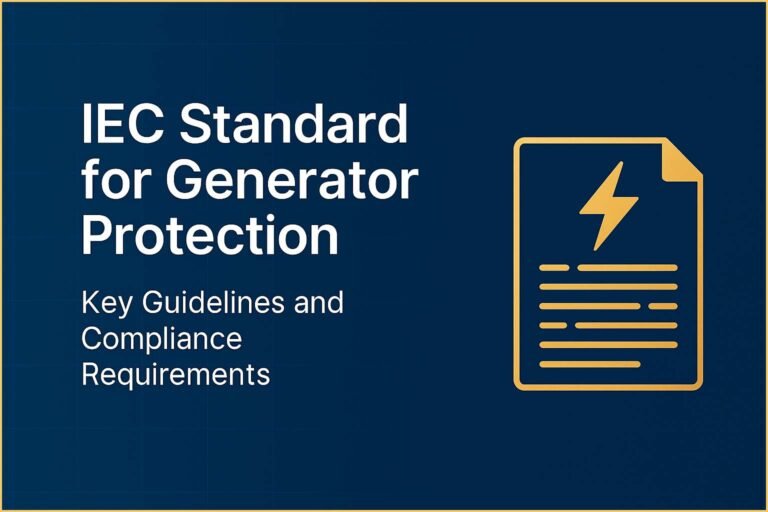IEC Standard for Seismic Qualification – Complete Guide to IEC 60068 Compliance & Testing
Learn everything about the IEC Standard for Seismic Qualification, including IEC 60068 guidelines, test procedures, and compliance requirements for electrical and industrial equipment safety during seismic events.














